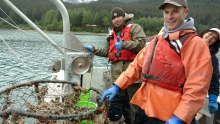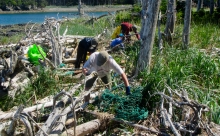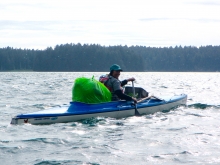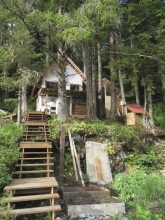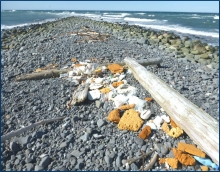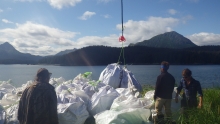Posts tagged with
Alaska
Marine Debris Work with Alaskan Native Communities
krista.e.stegemann
Wed, 11/15/2017 - 11:00
Addressing Marine Debris in Alaska
krista.e.stegemann
Tue, 09/26/2017 - 11:00
Sea Kayak Marine Debris Cleanup: Restoring Wilderness Shorelines in the Gulf of Alaska
krista.e.stegemann
Tue, 11/08/2016 - 12:49
Removing Debris in Tenakee Springs, Alaska: A Look Back
krista.e.stegemann
Fri, 10/07/2016 - 10:23
Marine Debris Research: What Happens When Salmon Eat Foamed Plastic?
krista.e.stegemann
Thu, 10/06/2016 - 11:31
Removing Marine Debris in Alaska
krista.e.stegemann
Tue, 10/04/2016 - 11:44
Blue Fox Bay Lodge Marine Debris Cleanups
sally.gruger
Fri, 10/16/2015 - 16:47

